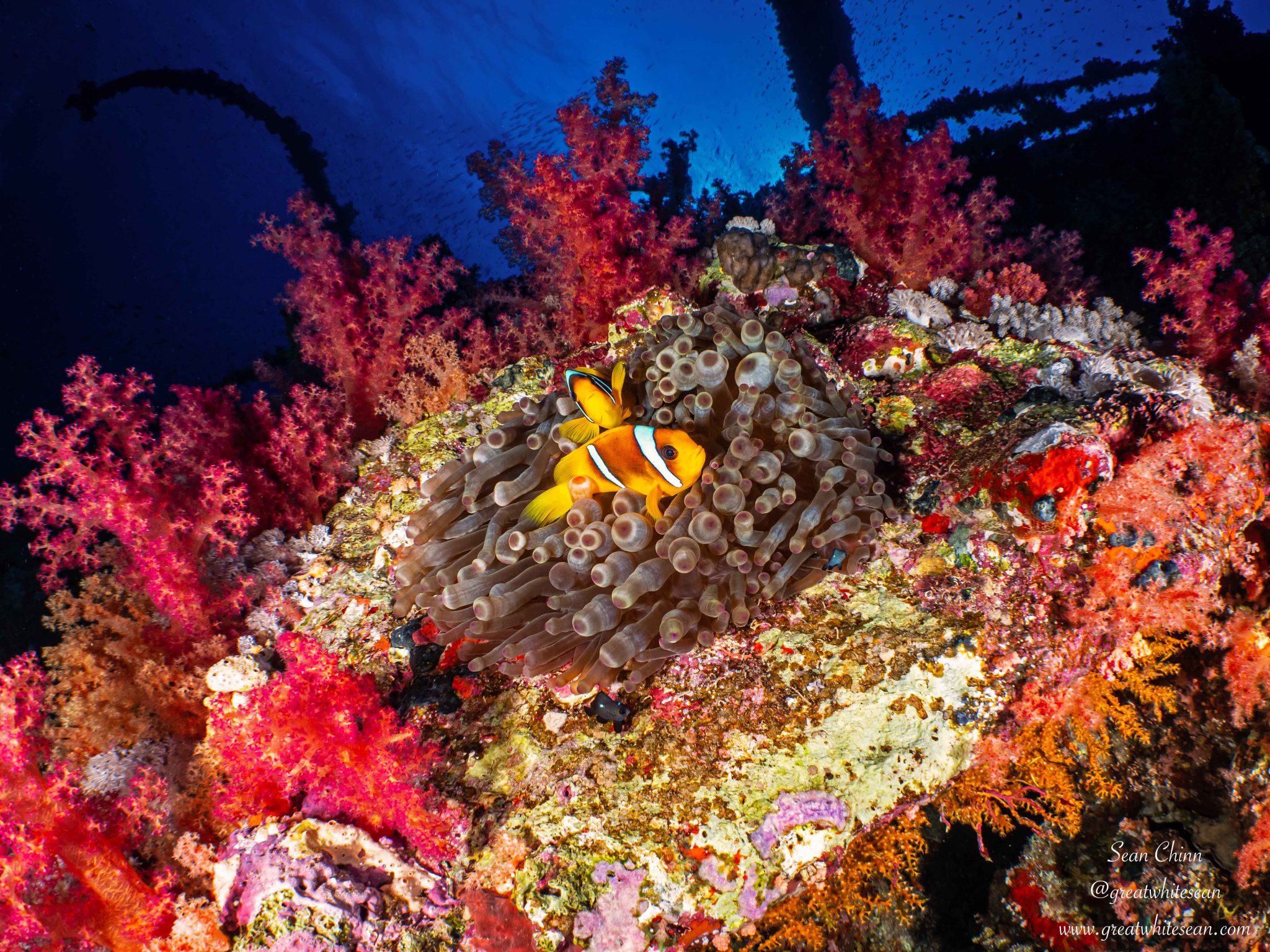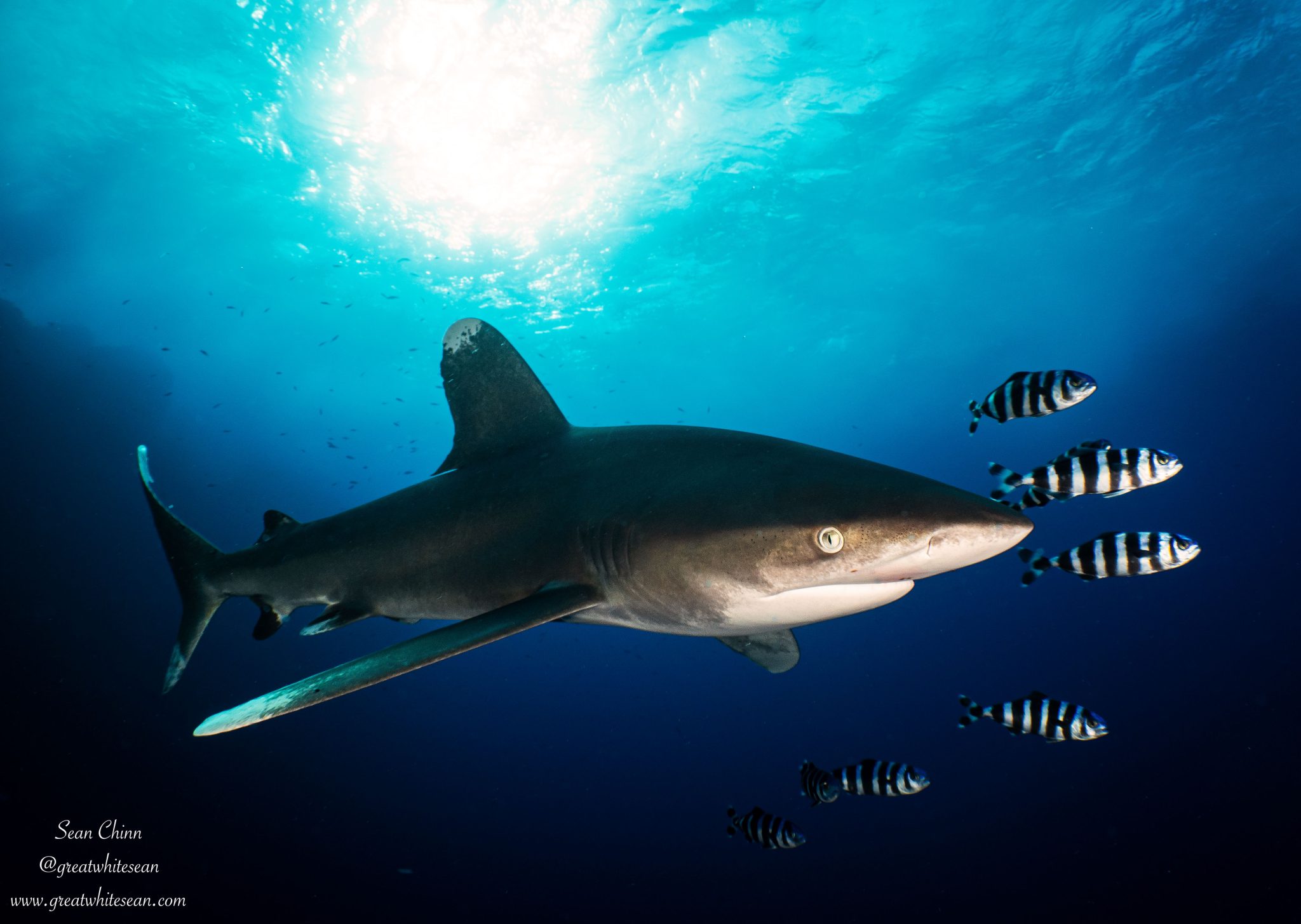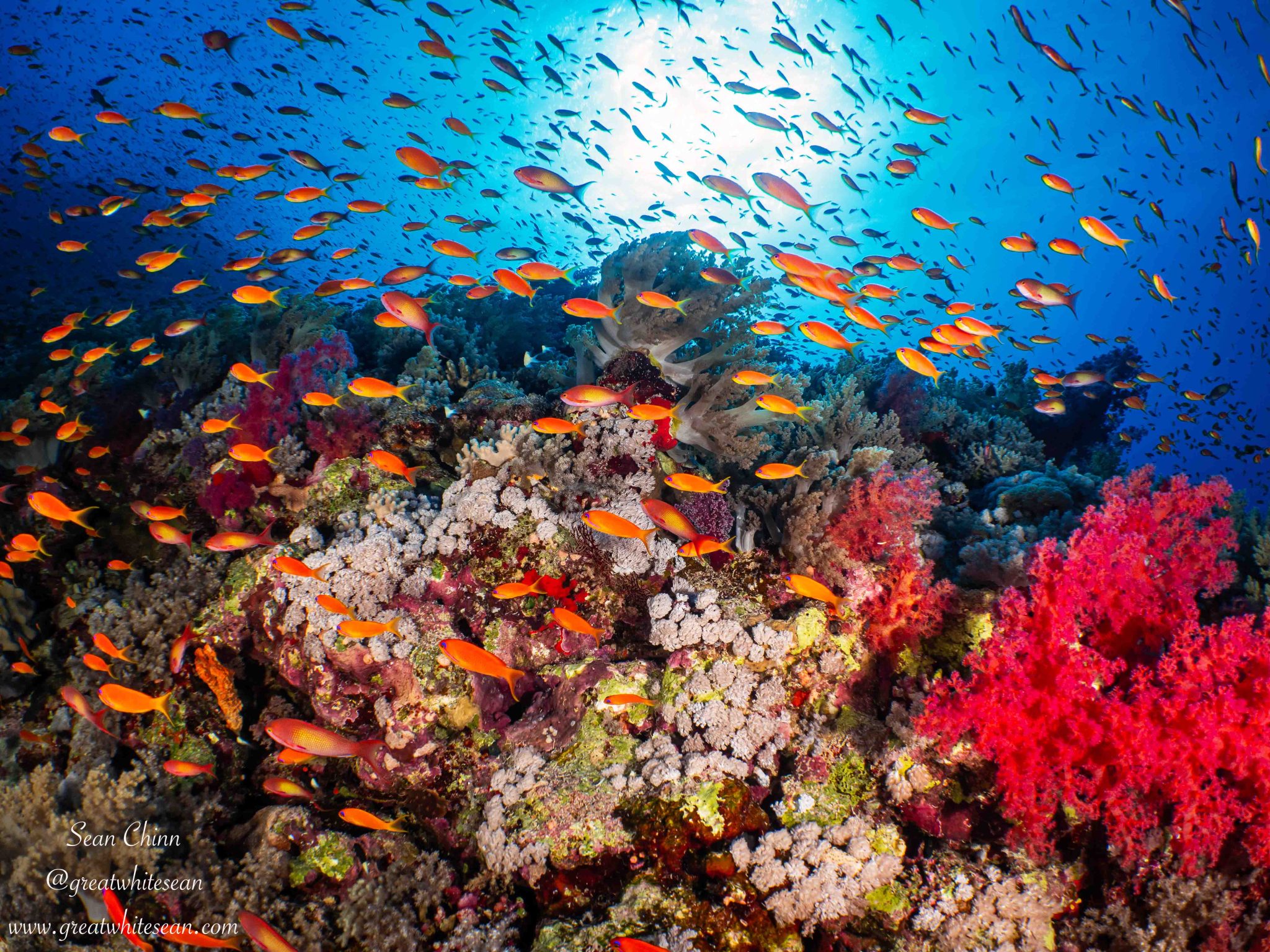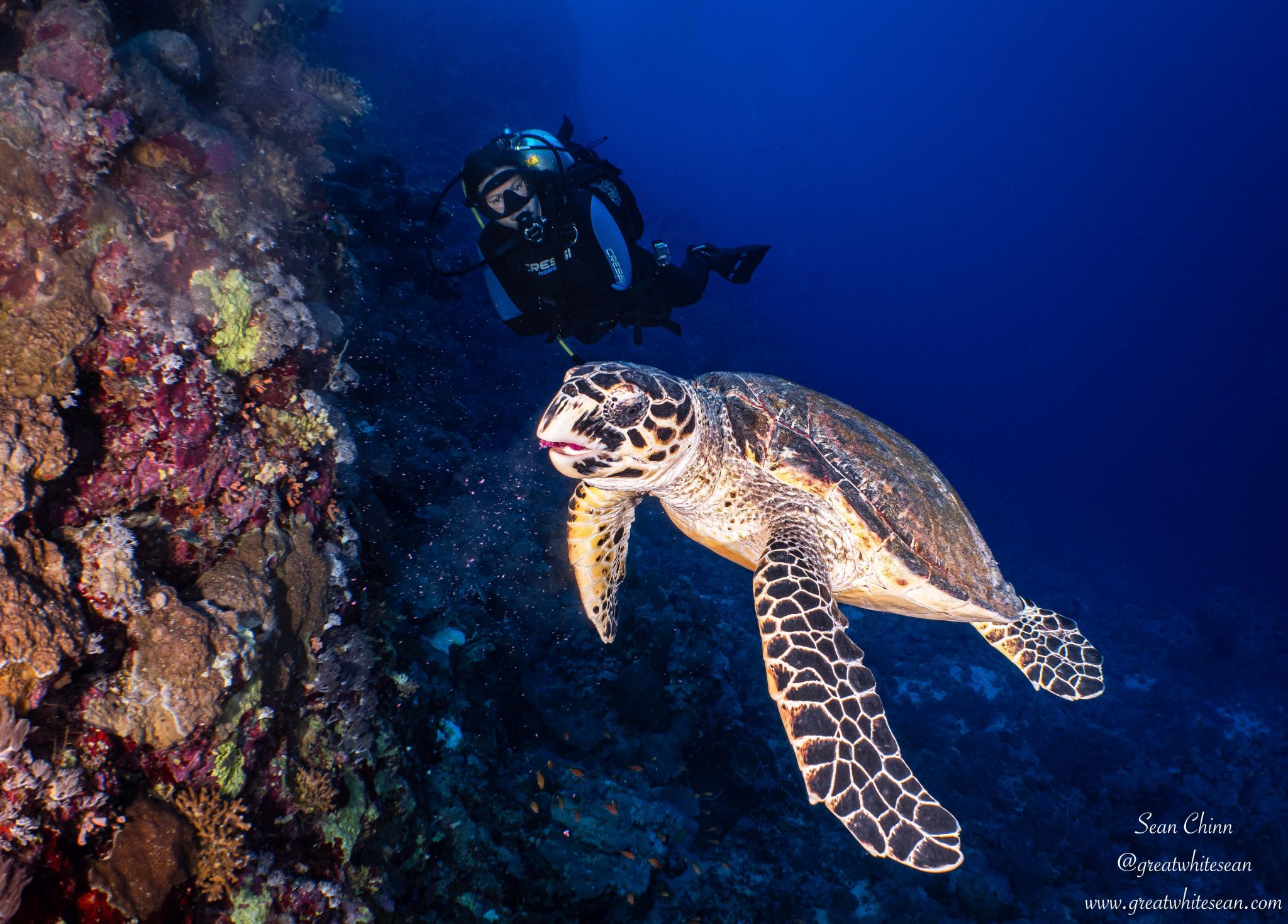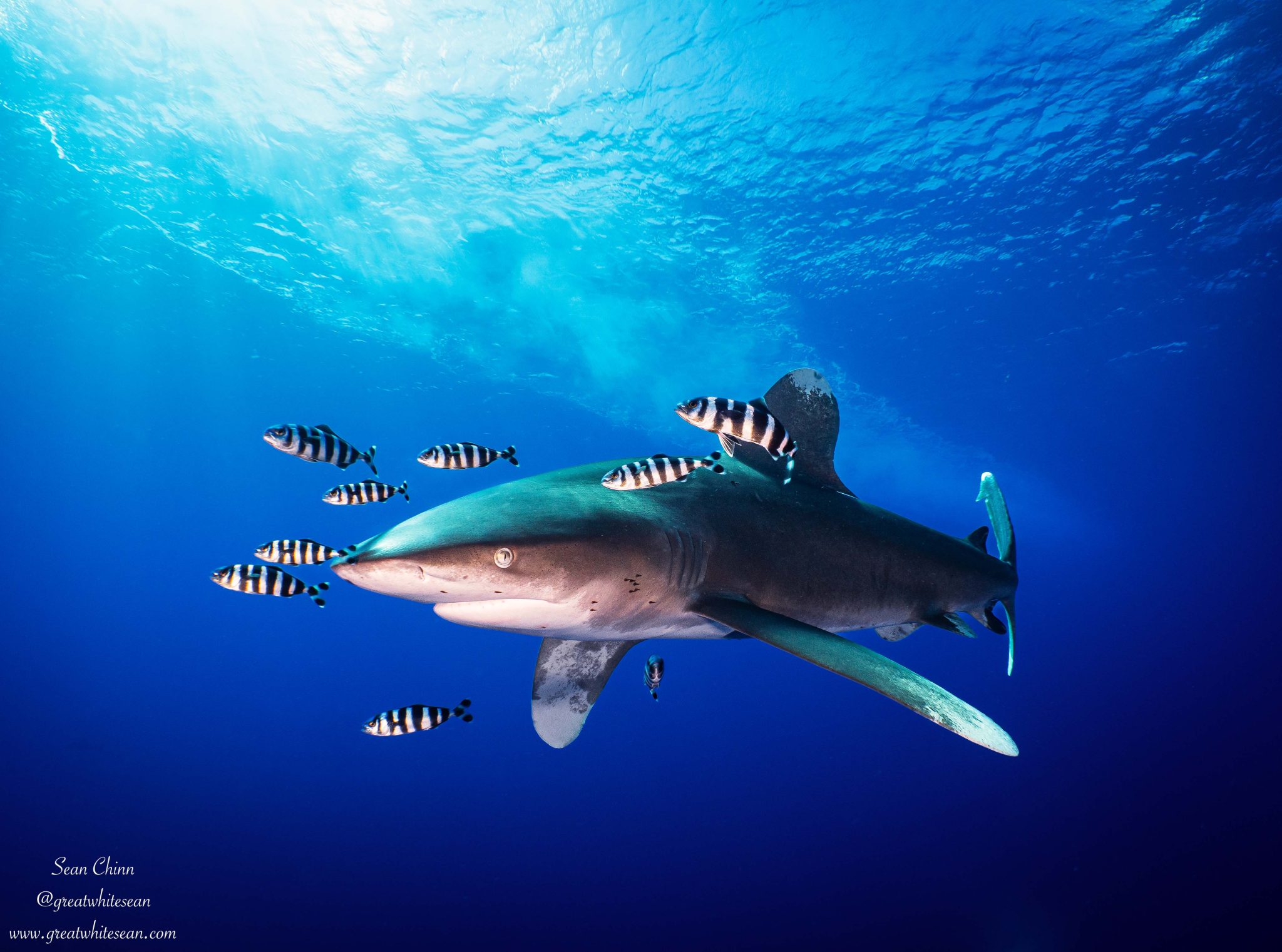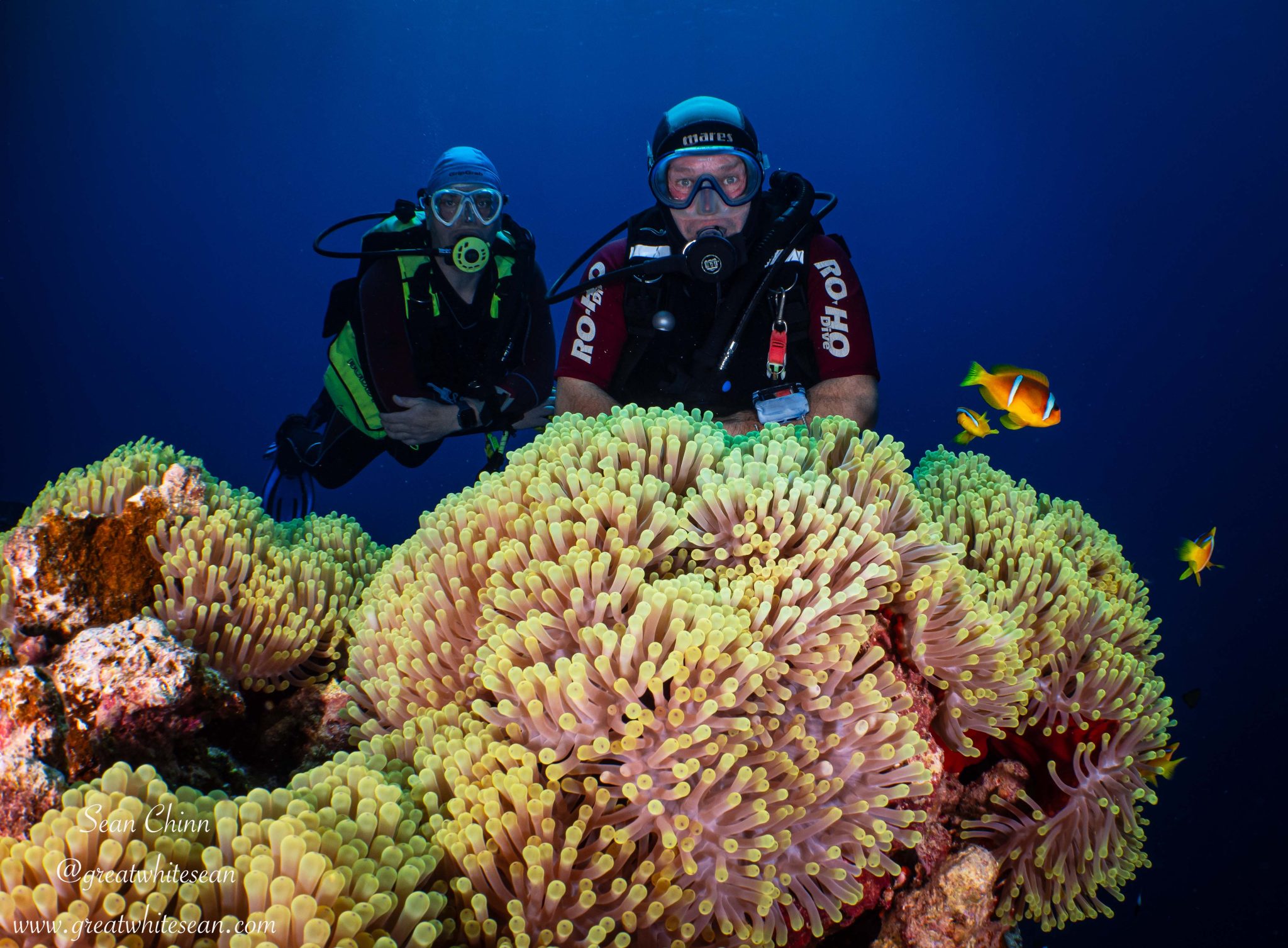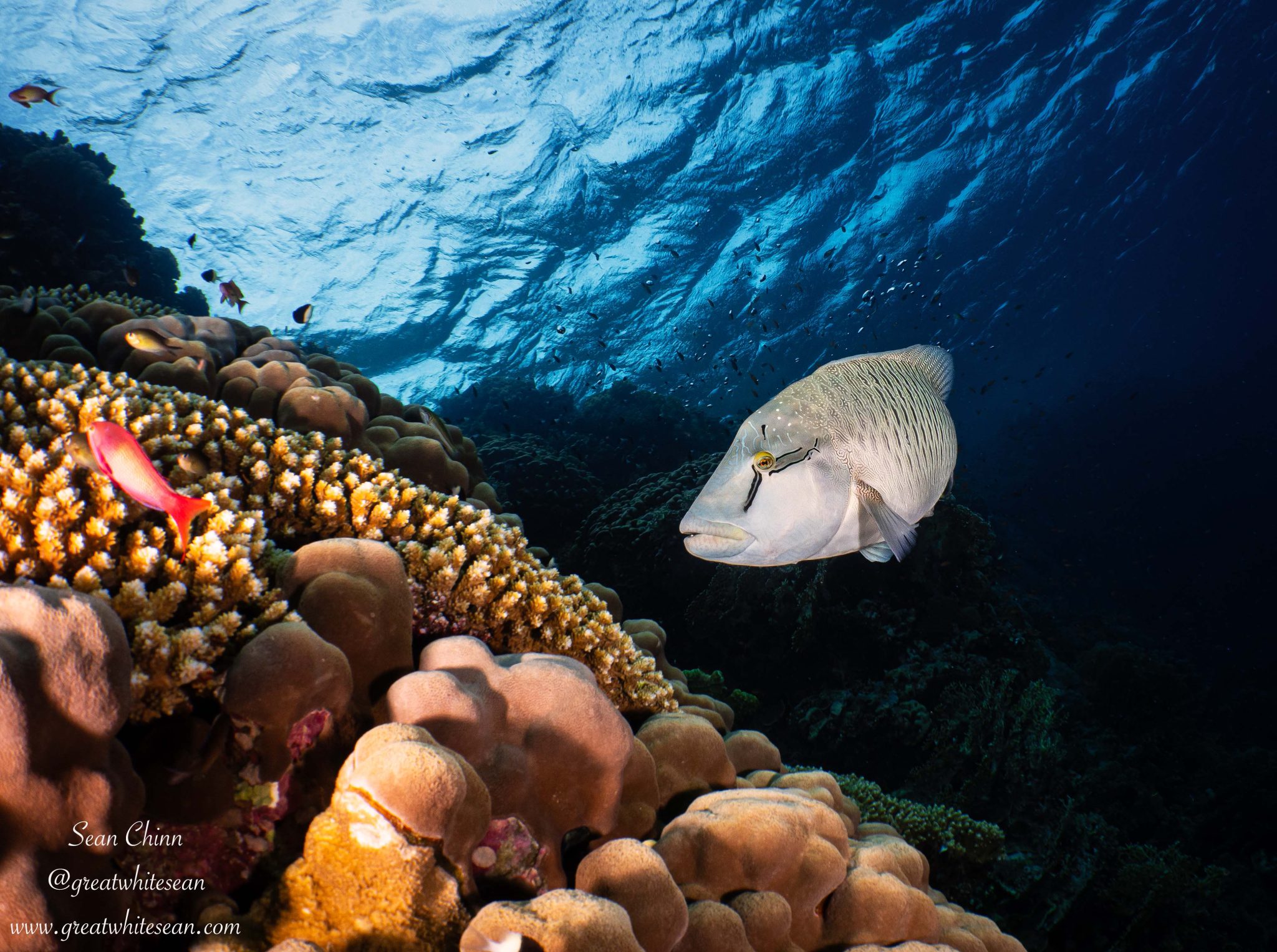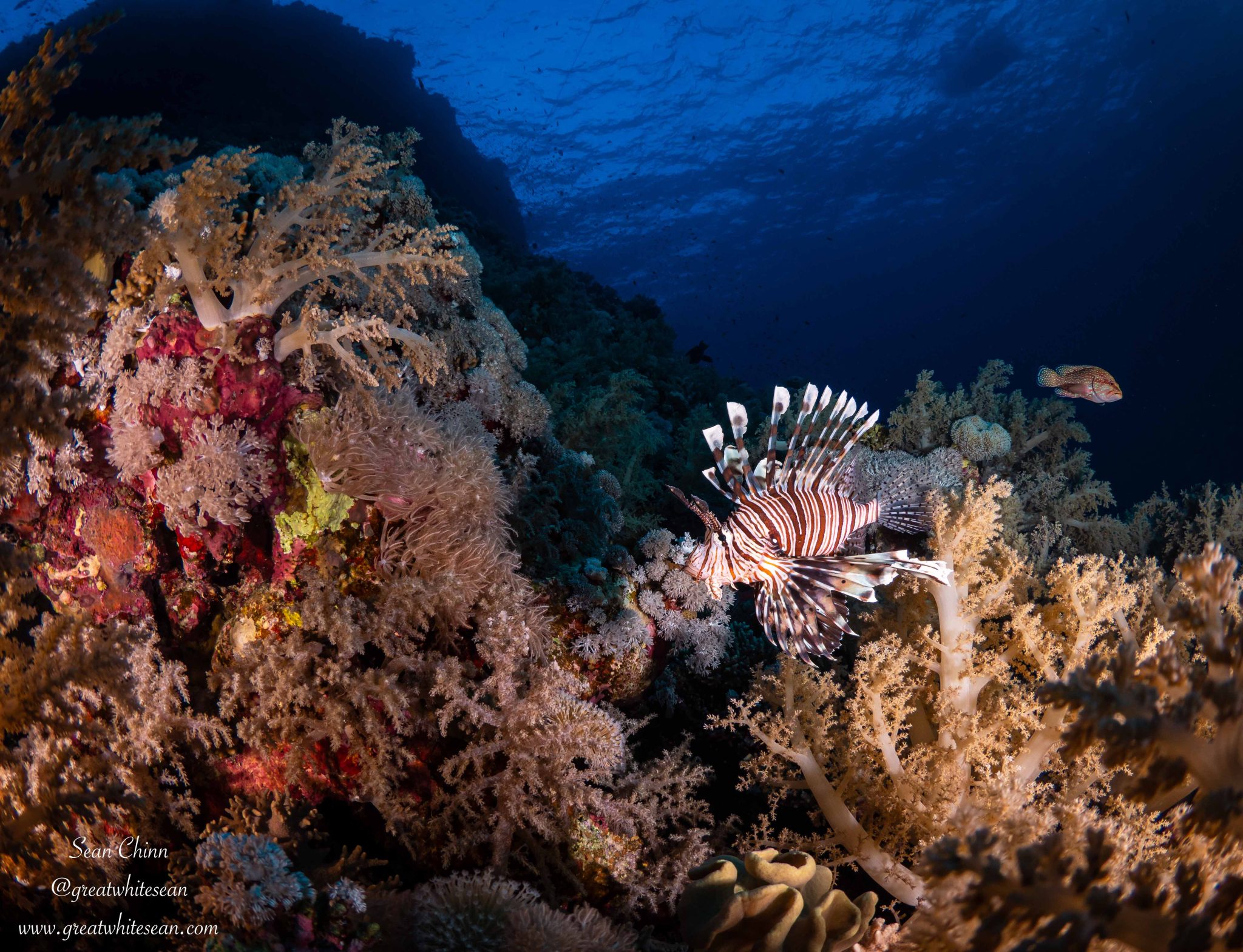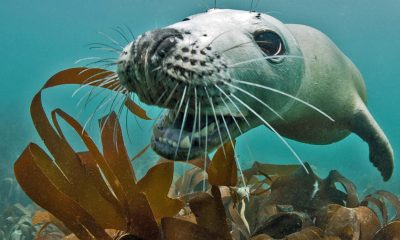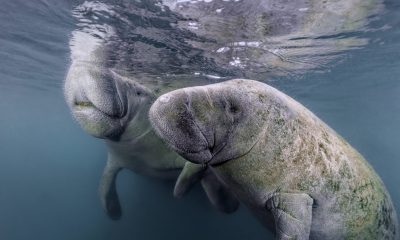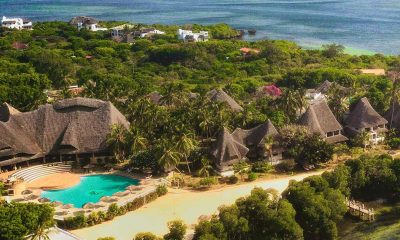Blogs
‘Simply the Best’ – a shark lover’s dream!!!
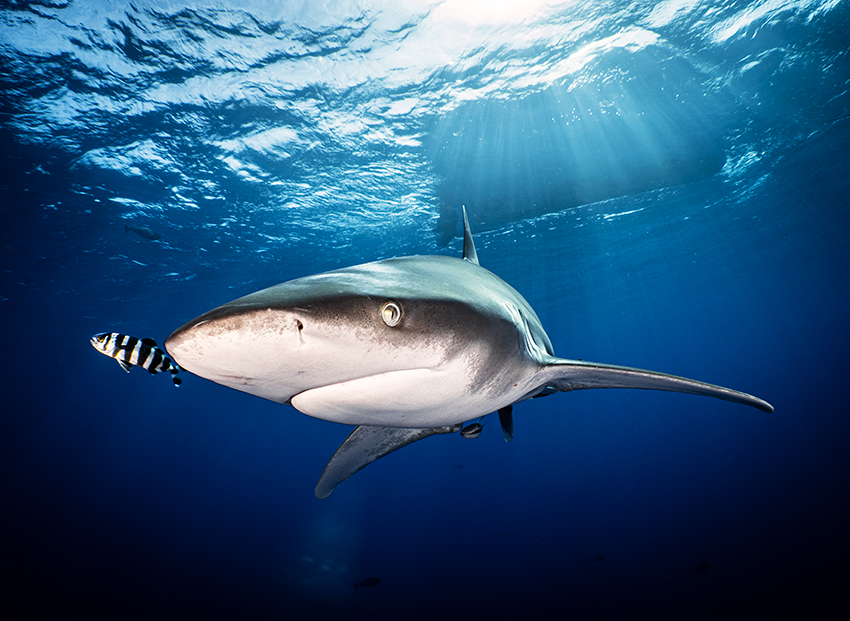
After joining Scuba Travel for a “Simply the Best” itinerary in the Red Sea, I’ve been debating how to break down my blogs and how to deliver them. Then I thought, why not deliver them as the name suggests? A “Simply the Best” itinerary showcases the best of the offshore reefs (Daedalus, Brothers and Elphinstone) and the intensity they bring, coupled with the more relaxing quintessential sandy bottom, coral pinnacles and stunning reefs the Red Sea is famous for. On that note, I want to take you on a journey first with the stunning offshore reefs and the adventure they brought – specifically, the shark madness that ensued – before finishing with a more relaxing journey through the coral reefs along the coast.
I’m a shark lover, there’s no doubt about that. I’ve been fortunate to knowingly share the water with 24 different species of shark. It took me a while to finally see oceanic whitetip sharks in the water, but I finally got my chance on a trip 2 years ago. They instantly became one of my favourite sharks and I was definitely longing for longimanus once more. So when this trip materialised only 10 days before I was due to go, I was over the moon, especially when I saw reports of 13 different oceanics being seen the week before my trip. I was super excited and after a couple of relaxing reef dives on the Sunday, it wasn’t long before we were making our way to Brothers Islands to start our offshore adventure on the Monday.
Our first port of call was Big Brother island and diving the wreck of The Numidia, a British cargo ship that sank in 1901, on the Northern tip of the island. I first dived this wreck back in 2014 and then again in 2021. This was my third time diving the wreck and always enjoy it when I do. It’s so full of colour and life, with beautiful soft coral covering nearly every inch of it which you can see at recreational level. The wreck drops down to 90m, so someone else would have to advise me on that. I always make a habit of photographing a particular anemone with Red Sea clownfish and see the difference year by year. I’ve noticed a lot of new healthy soft coral growth around it this year, which was amazing to compare.
While the Numidia is great fun to dive, the best was yet to come. Our plan was to be dropped off at the Numidia by zodiac (Tranquility has 2 large, sturdy ribs, with a ladder for getting back on with ease). We would then make our way from North to South along the West wall, marvelling at all the life, as the anthias danced a merry dance, before surfacing at Tranquility. While nearing the end of the dive, as we drifted along the reef wall, Reda got super excited pointing up into the blue. YES!!!! Pressure off on only our first dive on the offshore reefs – our first oceanic whitetip shark and it made a beeline straight for us. Luckily I was a little shallower than some of the other divers and more into the blue. It came straight for me and I managed to get some really nice shots, while also buzzing with excitement. It made its way through the group, greeting each one of us, before carrying on down the reef towards the North and the second group following on from us. What a start!!
Sadly, the next 2 dives at Brothers didn’t hit the heights of the first. We enjoyed seeing the beautiful colours on the South Plateau at Big Brother and did have a friendly Napoleon wrasse for company for a brief moment. However, one of my dive buddies who was on air got some close up photos at around 42m. BUT…. I was on 29% Nitrox – which by the way, is included with your Scuba Travel booking – so I shallowed up a little when I realised the wrasse was too deep for me this time. Our afternoon dive was at Little Brother, which was the site of my first ever oceanic sighting underwater 2 years previously. After seeing the oceanic at Big Brother and hearing about sightings from the crew mooring up, I had big hopes for more oceanic encounters here. We started the dive on the North Plateau, a slanting plateau that extends the island underwater and slopes to 40m before dropping off. This is normally a great place for threshers, but no luck this time. However, the dancing anthias and array of hard and soft coral make this a truly beautiful place to dive, so full of colour. After some time on the plateau, we shallowed up and followed the stunning reef wall on the west side leading to the south where Tranquility was moored. Unfortunately there were no oceanics under the boat this time, but Daedalus was where we were headed for the next 2 days and prime longimanus territory.
The wind wasn’t letting up and the waves still made for an adventurous time. We got to Daedalus though and that’s all that mattered to me. Unfortunately, we weren’t the only ones either. After waking up and looking outside, I counted roughly about 16 boats moored up (some may have been hidden). This is one of the main reasons that Scuba Travel usually travel Monday to Monday for their itineraries. Guests onboard, who came in September as well, eluded to the fact they were the only boat at Daedalus then because of the Monday start to the trip avoiding others. Unfortunately, come November, the flight dates change from the UK to Hurghada and they are forced to do the more common Saturday to Saturday trips. A lot of the boats were due to leave at the end of that day though and we had another day to go.
Our first dive was to the North of the island and it was an adventure to get to on the Zodiac. Those adrenalin fuelled zodiac rides over waves always make me feel like I’m on a special mission. We were hoping to catch a glimpse of some scalloped hammerheads, as the North is the best place for them. It isn’t hammerhead season though and I wasn’t expecting too much for that reason. Unfortunately, we didn’t see any hammerheads and it was quite a challenging dive, spending most the time fighting current just looking at blue water. Not a dive to write home about but we did see our first glimpse of a Daedalus oceanic on the safety stop. A sure sign of things to come and boy did it get better.
Dive two went a little like a progressive rock song. Think ‘Stairway to Heaven’ or ‘Bohemian Rhapsody’, taking you on a peaceful journey before blowing the hair off your head. We initially dropped in at ‘Anemone City’, which is exactly what the name suggests – an area from around 5 metres down to 15 metres covered in anemone coral and full of Red Sea clownfish. I was at peace watching the anemone sway in the gentle current and swell, while the clownfish danced in and out. Before we slowly drifted along the west wall, a hawksbill turtle slowly passed by, adding to the chilled adventure. I was itching to get under the boats though, the hotspot for oceanic activity. There was quite a current pushing you off from the reef at the South Plateau. It was slow at first as we hit the boats, with a couple of distant sightings of longimanus. Then, all hell broke loose; we were soon surrounded by at least 4 super curious sharks.
Reda quickly put his SMB up as we drifted away from the main boat in the current. I felt safe knowing the zodiacs were right above us the whole time and following us. The safety stop was spent with my head on a swivel, while making sure I captured this amazing spectacle. Shark after shark would boldly approach and bump into my camera, before moving on to other divers and giving them a thrill. I even had to shout and quickly push myself towards one that got a little too close to my dive buddy. He was preoccupied looking the other way towards another shark and the shark snuck up behind him. This is the reason you all stick together for some longimanus fun – it really was INTENSE!!!
Everyone got back on the zodiac beaming with excitement and giggling with joy. You could literally see the adrenalin pumping through our bodies. WHAT A DIVE!!!! We’d even drifted about 500m from the boat out to sea, so many thanks to the zodiac crew for following us and keeping us safe.
Dive 3 took us back to a relaxing place and was a lot more chilled around the South Plateau. We entered the water straight off the main boat. There was a single close pass by one oceanic at the start but nothing more than that. I got to see the friendly Napoleon wrasse that calls the South Plateau home, but he stayed a little more distant from me than others during their dives. Something about big male Napoleon wrasse and me, they never seem to come close.
I was so glad we had another day at Daedalus and as expected, most the boats left during the night and there was only 5 of us left. The day went pretty much exactly like the first, although the dive on the North side was less about looking in the blue and more time on the reef. We were rewarded with some giant morays and a super friendly hawksbill turtle that was happily feeding away on the coral, not caring one bit for the number of divers that greeted it. Before dive 2 followed the same plan as the day before, BUT was even more INTENSE! This time the group got split up into smaller groups and there was only me, Julia and dive guide Reda together. This time we had 5 sharks in view at one time (Reda thinks 6 different sharks though). It was crazy; we were being approached from all directions and they didn’t really want to let us out either. As we approached the zodiac, they would swim above us between the zodiac. It was mental, and once again the adrenalin was pumping. I LOVED IT!!!!!
The third dive followed the same plan, but we stayed closer to the reef towards the South Plateau, before moving out under the boats. This was beneficial, as I managed to get a couple of fairly close shots of a juvenile Napoleon wrasse for once. My goal though was to get some oceanic shots against the dappled light of golden hour. With the early winter sunset, this afternoon dive would work. Annoyingly though, I ran into camera trouble while trying to photograph a barracuda. After zooming in on my lens, it locked when trying to zoom back out and subsequently broke and rendered the camera unusable in the housing. The current was still ripping under the boat, but I managed to get back to the ladder to surface, and rather annoyingly with an oceanic right next to the ladder that I could not photograph. Hey Ho. One of those things and I’m sure I’ll return again one day.
The offshore reefs finished a little closer to land with one of the Red Sea’s most famous sites – Elphinstone. Close enough for day boats to visit, we decided to only do the one dive here, as it started to get quite busy and the weather still wasn’t calming down. The South Plateau is such a stunning site though and the coral around Elphinstone is breathtaking. The highlight was another super friendly Hawksbill feeding away at around 20-25 metres, completely carefree to the queue of divers that approached for a closer look or photos/video, happily munching away, causing a mess of coral in the water. The dive was early enough for the dappled light of morning and I was hoping for one more opportunity with longimanus. I waited as long as I could under the boat, but only got a brief view of a distant pass from one. A couple of jellyfish tried their best to keep me entertained in the blue but my time with the oceanics was up for now. I’ll see you soon!!
My time visiting the famous offshore reefs of the Red Sea had come to an end. The experience was everything I had hoped for and more. My goal was lots of oceanic whitetip adventures and it exceeded my expectations. It was time to return to the more relaxing reefs, sandy bottoms and coral pinnacles that are quintessential Red Sea diving. Stay tuned for my next instalment on how ‘Simply the Best’ continued to live up to the name…
For more information about diving in the Red Sea:
+44 (0)1483 411590
Blogs
Wrecks’ Curse – The World of Wreck Diving
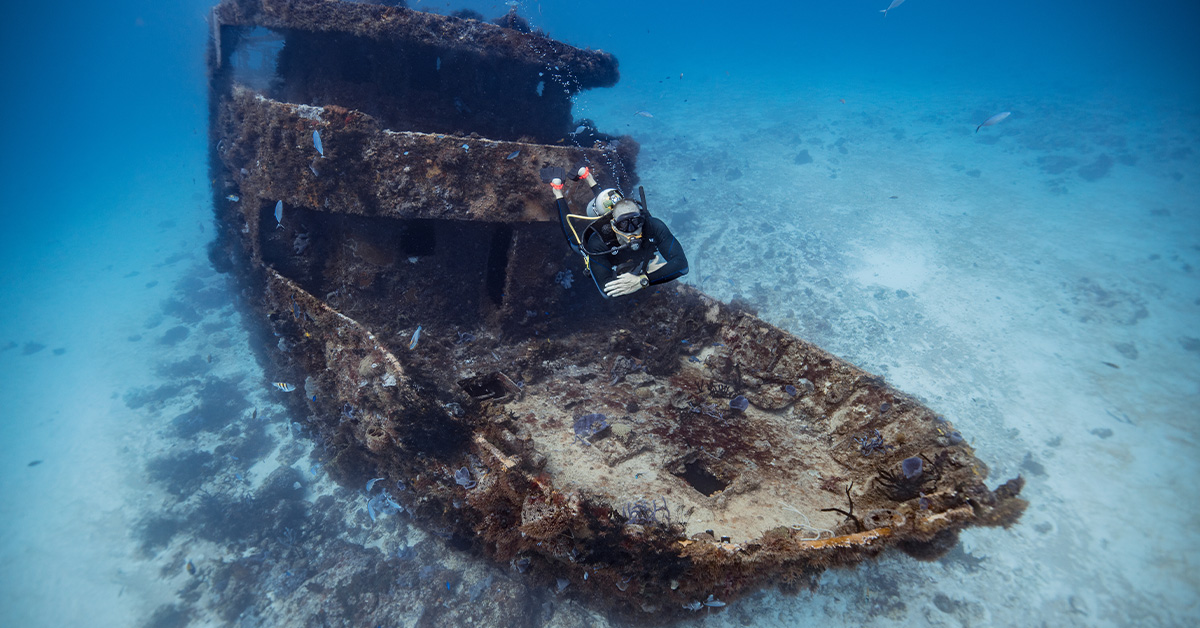
By Pablo Mir
We all enjoy those unexpected encounters that come with wreck diving, no matter how small, during our open water scuba dives. Exploring those nearly vanished remains of a ship scattered across the ocean floor is frequently the climax of the otherwise regular dive.
What is Wreck Diving?
Wreck diving involves exploring underwater shipwrecks while scuba diving. Sometimes, the wreck we encounter is more than just the remnants of a small and forgotten old vessel. Or perhaps we didn’t deliberately choose it, but the charter we boarded had that destination planned that day. The Benwood, less than 14 meters or 45 feet deep, in the clear waters of the National Marine Sanctuary in Key Largo, Florida, or the Copenhagen of Fort Lauderdale, also Florida, are good examples. Divers, many beginners who haven’t even devoted half a second to thinking about wreck diving, enjoy exploring their remains and the fauna that inhabit them. In some way, and at different levels, we all seem to potentially be wreck divers, even without a higher and explicit intention.
First Encounters: The Unplanned Dive into Wreck Exploration
But the trek is long and has many branches. Wrecks present themselves in vast possibilities, from shallow and clear waters to deep and dark ones. The Ancient Mariner, Captain Dan, U352, Great Isaac, Grecian, Lady Luck, Hyde, Aeolus, Hydro Atlantic, RBJ & CC, Algol, U869, and the Andrea Doria -the Grand Dame of the Sea- are some of the names that resonate among thousands in the minds of many wreck divers on the East Coast of the USA. For many of us, getting ready to traverse that path of increasing challenges, increasingly demanding environments, and more astonishing, transcendent dives is a life goal in terms of recreation.
A Diverse World: The Spectrum of Wreck Diving Experiences
Now, it is well known that the label of wreck diving is not only applied to shipwrecks. It is common to extend it to any artificial structure or piece of it that can be explored during our dives. For example, Texas Tower #4, an Air Force radar station off the coast of New Jersey, toppled in 1961 by a storm, is frequently visited by numerous local technical divers and visitors who want to test their skills in those demanding waters. Similar structures of different natures and purposes exist in many other places, with the most different levels of certification and experience requirements we can imagine.
Is Wreck Diving Dangerous?
Wreck diving is not inherently dangerous, but proper training is required. Describing with words the feeling of wonder and the adventure involved in wreck diving is not easy. In the same way that regular open water diving is the entry point to another world, a unique, fascinating world, wreck diving is also an entry point to one of the additional levels of enjoyment and fascination the world of recreational diving poses. Wreck diving, we live the adventures others just dream or fear. We are there, explorers of a distant land. Often, we witness the remains of real human tragedies; other times, we are visitors to the most wonderful amusement park we can imagine.
Learning Curve: The Path from Novice to Experienced Wreck Diver
Sometimes, watching groups of recreational divers exploring a wreck might seem like witnessing a scene from a pirate movie. Two or three divers here, two or three more there, ascending and descending along its sides, from bow to stern, sticking their heads in to look inside compartments and passages. In some cases, entering and exiting the bridge or any space allows penetration in areas with abundant natural light and generous access points. Their expressions and body language make it easy to notice that they are having a great time. There is no doubt they are enjoying it, and it will be an experience they will vividly remember.
If they are a group traveling together, an instructor or divemaster may be there to ensure everything goes well. The passion for exploration, for discovery, and that thirst for adventures we all have within us can sometimes hinder us in making our best decisions. Therefore, to become actual wreck divers, we must not only desire to do so but also have the will to learn and gain experience, slowly and safely, in everything this specialty implies. While it is true that exploring the exterior of a wreck may seem like something that doesn’t require specific training, the reality is that it does. Fishing lines, sharp surfaces, parts that can easily come off, suddenly disappearing visibility, disorientation, etc., are dangers we must have learned about, developed strategies to avoid, and implemented procedures to solve with the proper tools.
And so it will be; many will traverse the paths of wreck diving by starting with proper training. Sometimes, the first step is part of the regular advanced diver certification many divers take; other times, it is going straight for a wreck diving specialty. They will learn and start practicing, gaining experience and ease in their procedures. They will fall more and more in love with those twisted iron environments and proudly display the rust stains on their diving suits as if they were scars from a well-fought battle.
Deepening the Dive: Advanced Wreck Exploration Techniques
But the journey continues. Sooner or later, some will want more than just hovering around the wrecks. Crossing well-lit passages with the exit in sight will no longer be enough for them. What they recently may have told themselves they wouldn’t do will begin to intrigue them, and they will want to continue training “just in case.” They will want to start moving away from those open corridors and see with their own eyes what lies beyond. They will no longer see wrecks as enemies to overwhelm in large groups but as a mystery to unravel slowly, passage by passage, room by room. They will split into small groups. They pursue a specific goal, have a specific plan, and seek to minimize unexpected situations, and this is more controllable and achievable when done by two or three rather than four or five.
They will keep learning, venture through narrow passages, dodge cables and pieces of metal hanging from what is now the ceiling, and proceed cautiously to avoid stirring up sediments. They will use different methods to establish positions at crossroads, place strobe lights, carry multiple penetration reels, and carry substantial knives, the kind they used to laugh at not long ago, thinking they were unnecessary exaggerations.
The Wreck Diver’s Journey: A Path of Endless Discovery
Over time, they will penetrate deeper and deeper into larger, darker, gloomier, more frightening wreck structures, simply because they can. They will descend to greater depths because that’s where they are in better condition and farther away from the boarding hordes.
They will transition from Air to Nitrox, later return to Air, and later delve into the world of Trimix. They will start planning and executing dives with decompression stops, as otherwise, their bottom times will be insufficient for their intentions. From one decompression gas cylinder, they will move to two, and in some cases, three or more. Those who can afford it will buy rebreathers; those who can’t will stick to open circuit, carrying multiple large cylinders.
The Eternal Call of the Deep
But genuine amazement will hit them hard on the day they, thinking carefully about all the steps they have taken and accounting for the time and effort dedicated, conclude without a shadow of a doubt that it was worth it. It will be too late for them; they will have fallen victim to this curse of shipwrecks that has trapped so many. There will be no escape for them; from now on, they will be wreck divers without cure or remedy. They will be condemned to spend the rest of their vacations and days off among twisted irons at the bottom of rivers, lakes, and oceans. Cheers buddies! And a warm welcome to all those newcomers to recreational diving who, unknowingly, may be destined to wander among old wood and rusted metal, seeking to put out that thirst for real-life adventures.
To find out more about International Training, visit www.tdisdi.com.
Main Image: William Drumm/International Training
Blogs
Seal Encounter Dives at Lundy Island
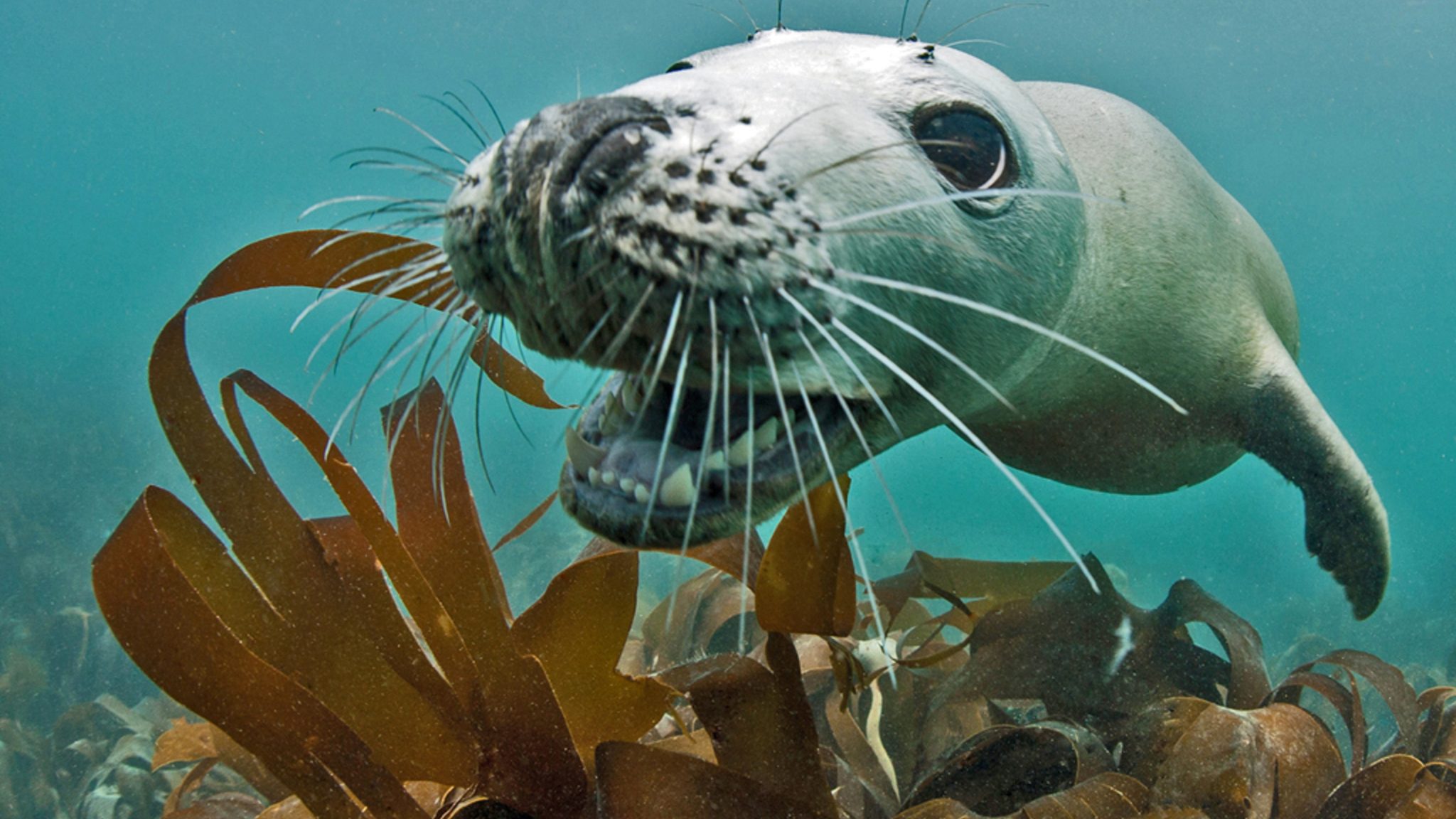
Voted No. 3 on the Top 10 Ultimate British Isles Bucket List by The Independent, these dives offer the closest marine mammal encounter available to divers in the UK. Friendly and playful, respectful divers are often rewarded by incredible interaction with the Lundy Seals.
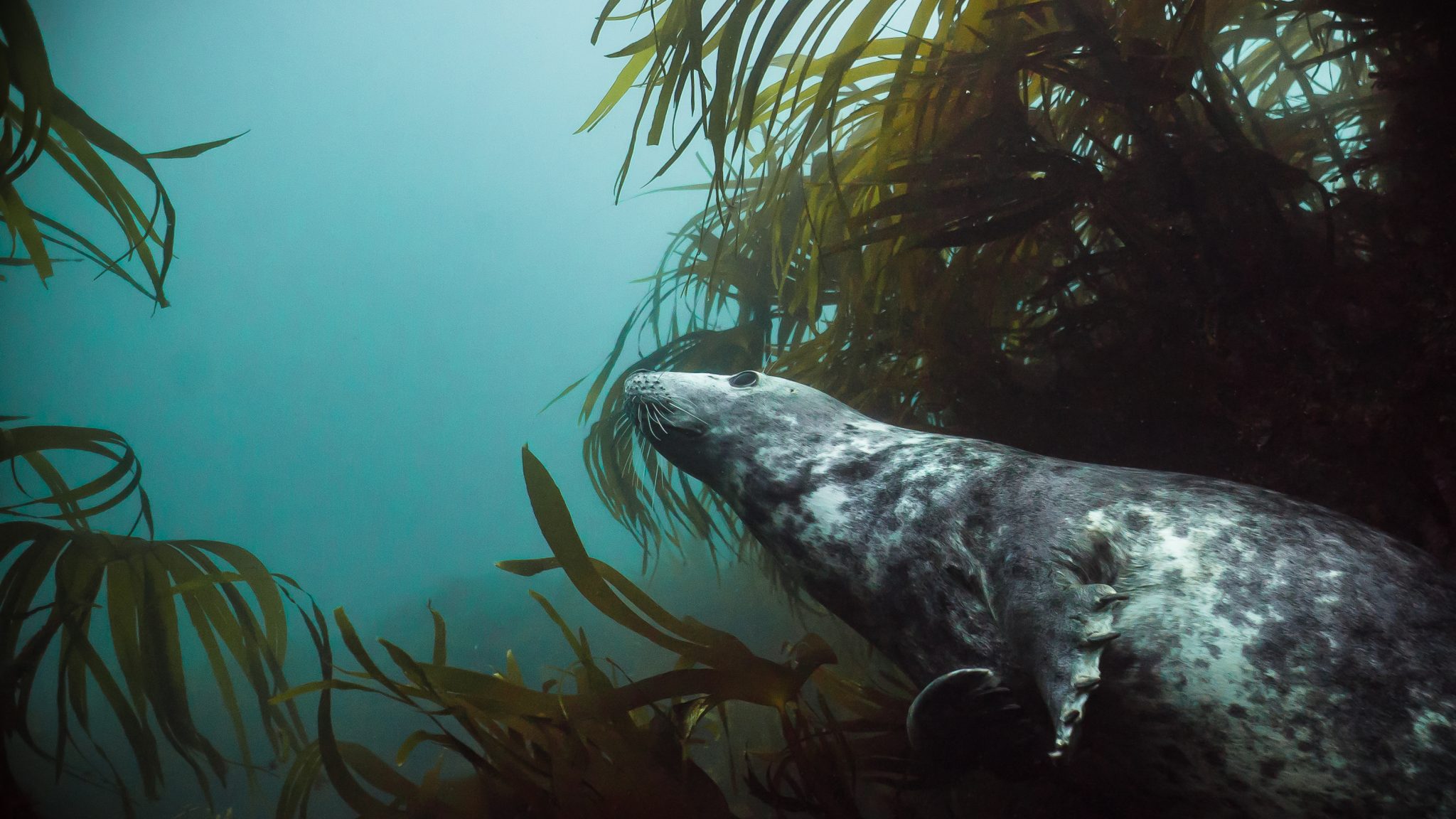
Easy Divers has been running guided dive trips to Lundy for nearly 10 years and offers dive equipment hire if required. Trips depart from the stunning harbour town of Ilfracombe in North Devon and Dolphins are often seen during the boat passage.
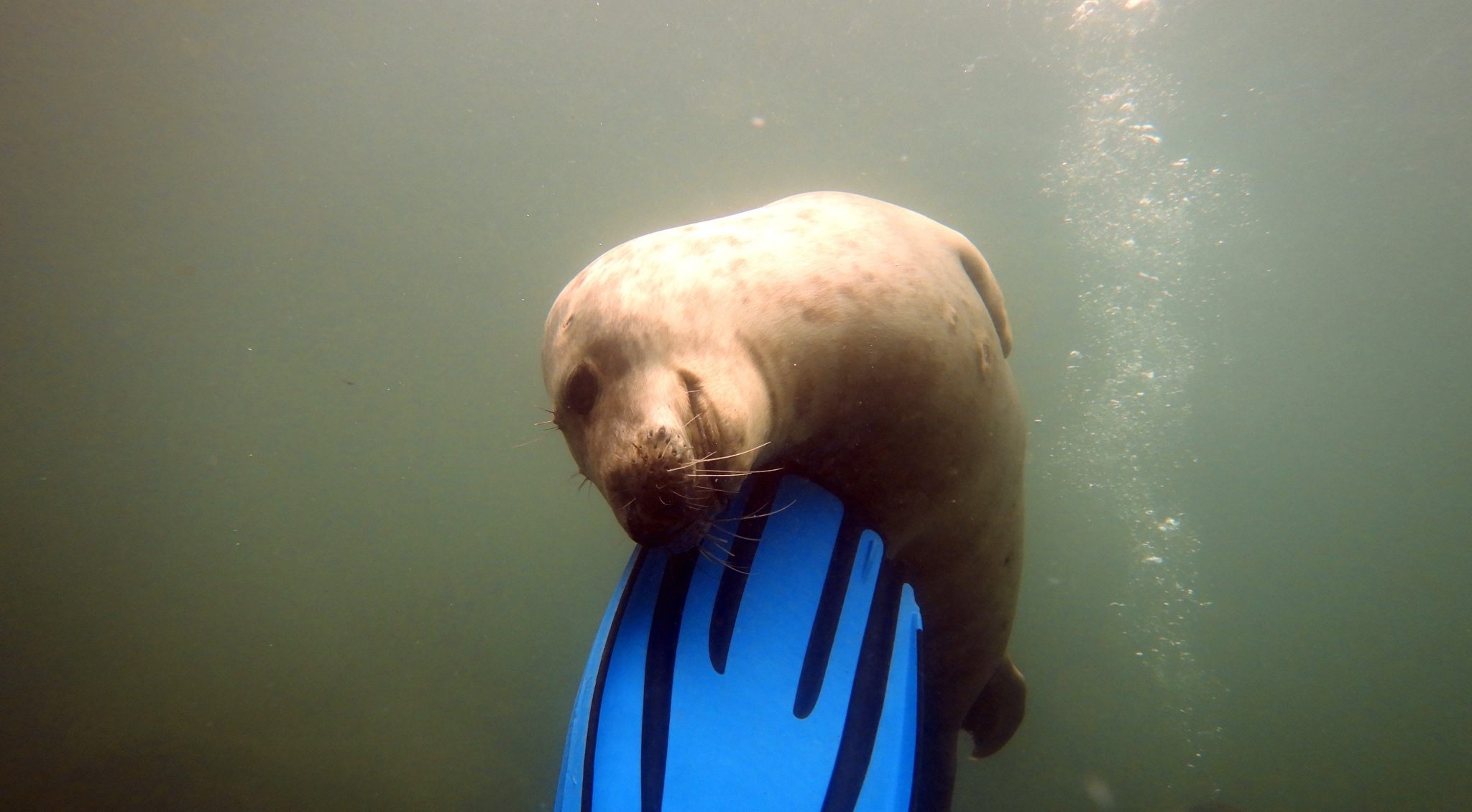
In addition to diving, Ilfracombe is a great base from which to hike the South West Coast Path, dip into surfing at the UK’s first World Surf reserve, enjoy other water sports or head to Exmoor National Park.
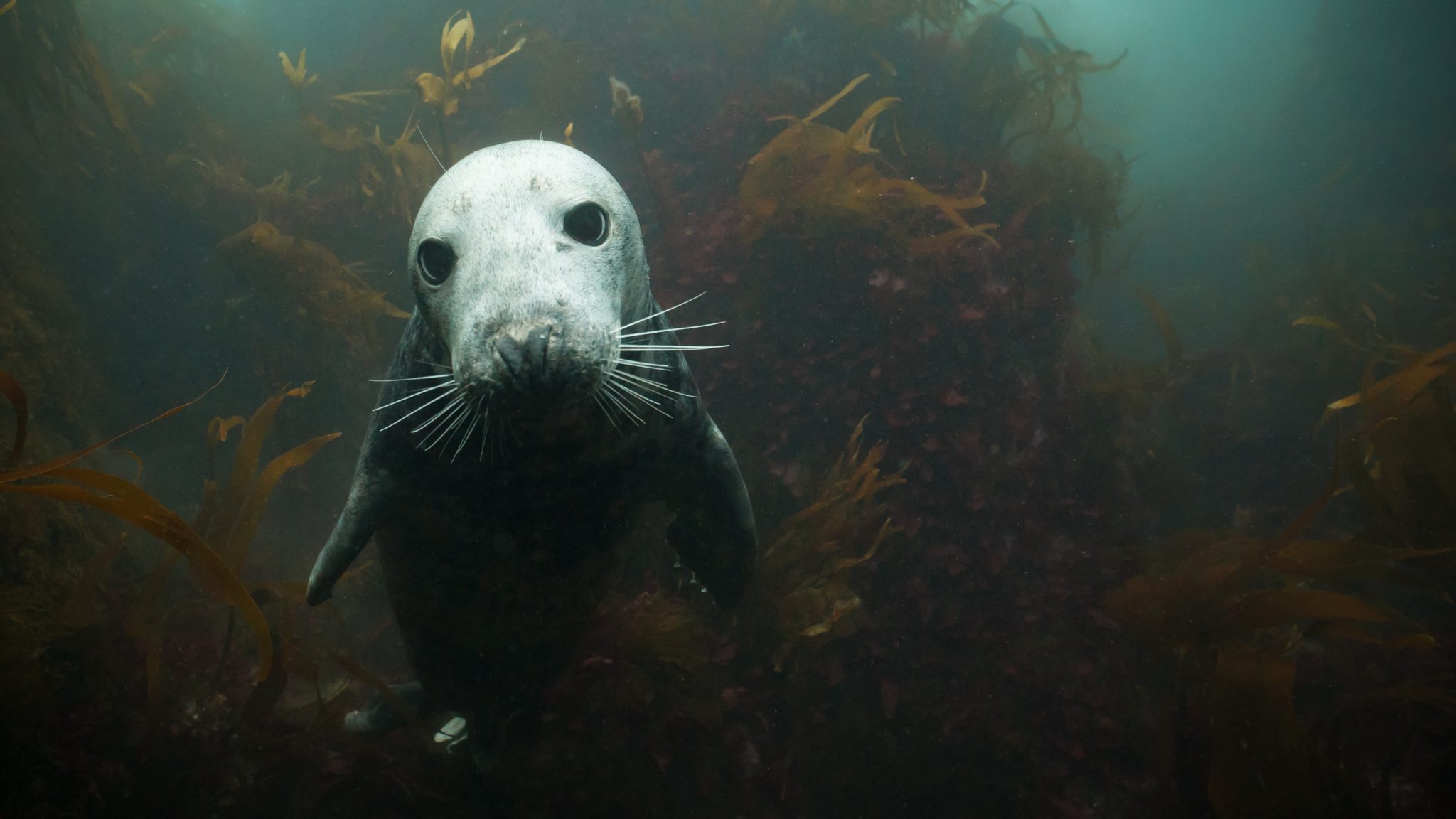
Easy Divers also runs a diver-friendly guest house, with a discount for diving customers and kit rinsing and drying facilities.
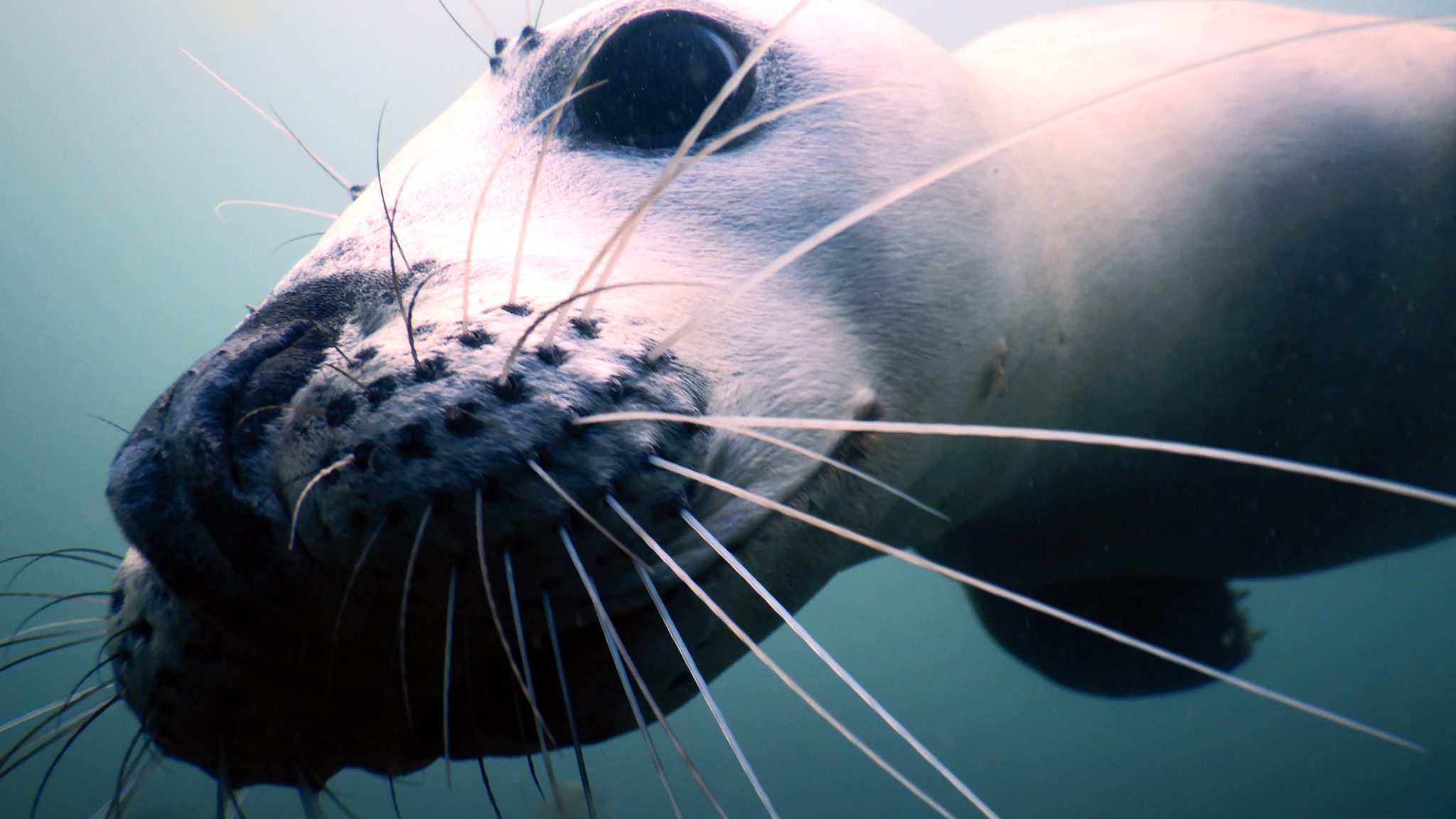
The Seal encounter dive sites are shallow and sheltered and are suitable for divers of all levels, making them a great introduction to British diving.
Exclusive Offer for Scubaverse Subscribers
Use your exclusive Scubaverse discount code scubaverse10% before the end of June and join us for a Seal encounter dive trip to Lundy Island, on any trip date with availability this Summer. Visit https://www.easydiversnorthdevon.co.uk/lundy-dive-trips/seal-encounter-dive-trips/ and enter code scubaverse10% at the on-line check out.
Trips book out well ahead, so book now to avoid disappointment. To save 10% on any 1 night stay at our guest house, please call 07833 020424. We offer free cancellation for divers who book a 1 night stay, if we have to re-schedule due to unsafe weather.
Join us for Britain’s best marine mammal diving experience!
Trips run from end of May to mid-October and are bookable via email at info@easydiversnorthdevon.co.uk, on-line via the Easy Divers website, www.easydiversnorthdevon.co.uk, or call 07833 020424 for more info
-

 Gear Reviews4 weeks ago
Gear Reviews4 weeks agoGEAR REVIEW – Revolutionising Diving Comfort: The Sharkskin T2 Chillproof Suit
-

 Marine Life & Conservation Blogs3 months ago
Marine Life & Conservation Blogs3 months agoCreature Feature: Swell Sharks
-

 Blogs2 months ago
Blogs2 months agoMurex Resorts: Passport to Paradise!
-

 Blogs3 months ago
Blogs3 months agoDiver Discovering Whale Skeletons Beneath Ice Judged World’s Best Underwater Photograph
-

 News3 months ago
News3 months agoPADI Teams Up with Wellness Brand Neuro to Drive Ocean Change and Create a Blue State of Mind
-

 Marine Life & Conservation3 months ago
Marine Life & Conservation3 months agoSave the Manatee Club launches brand new webcams at Silver Springs State Park, Florida
-

 Blogs2 months ago
Blogs2 months agoSeagrass Awareness Month brings critical food source for Manatees to centre stage
-

 Blogs3 weeks ago
Blogs3 weeks agoDive Indonesia Part 3: Dive into Lembeh Trip Report


